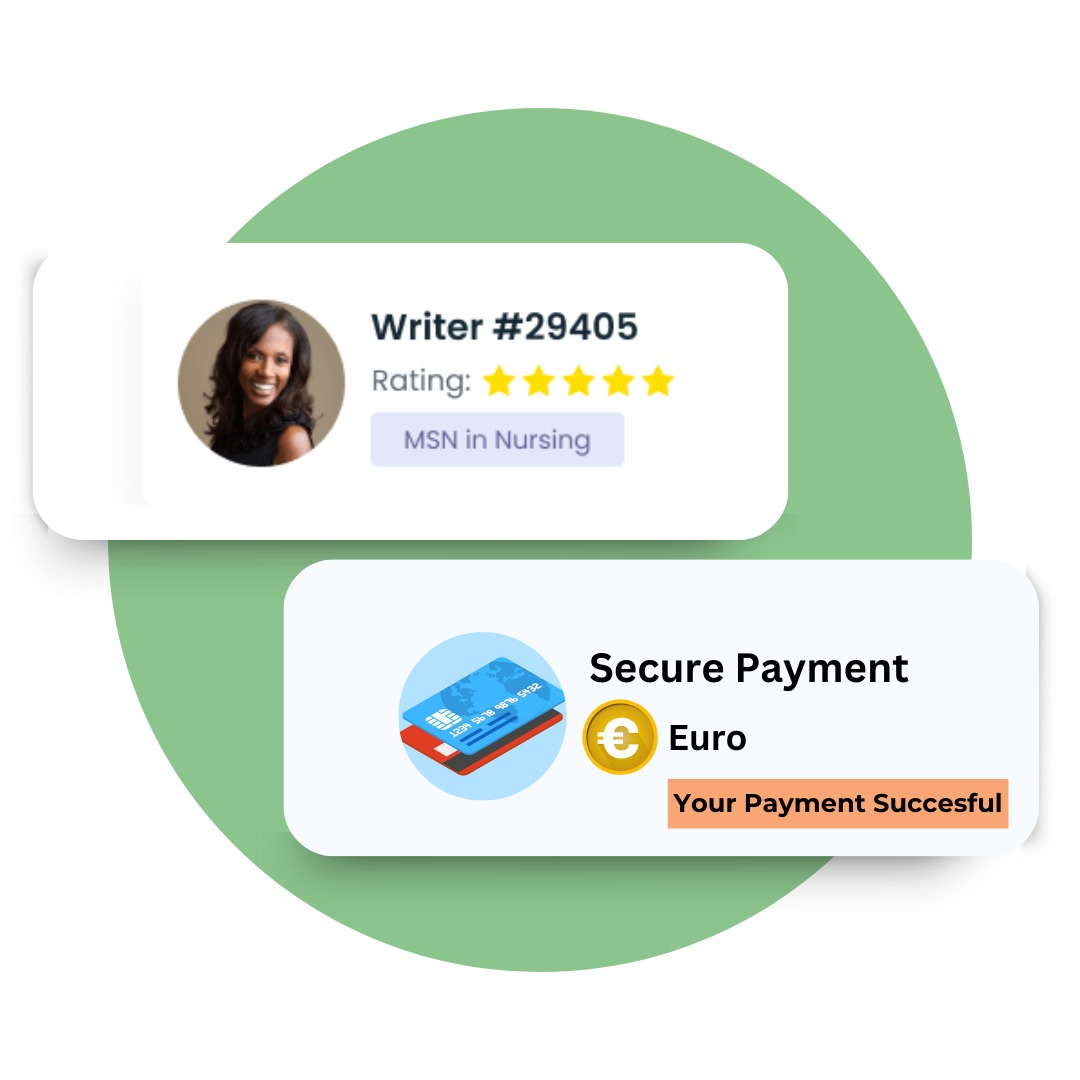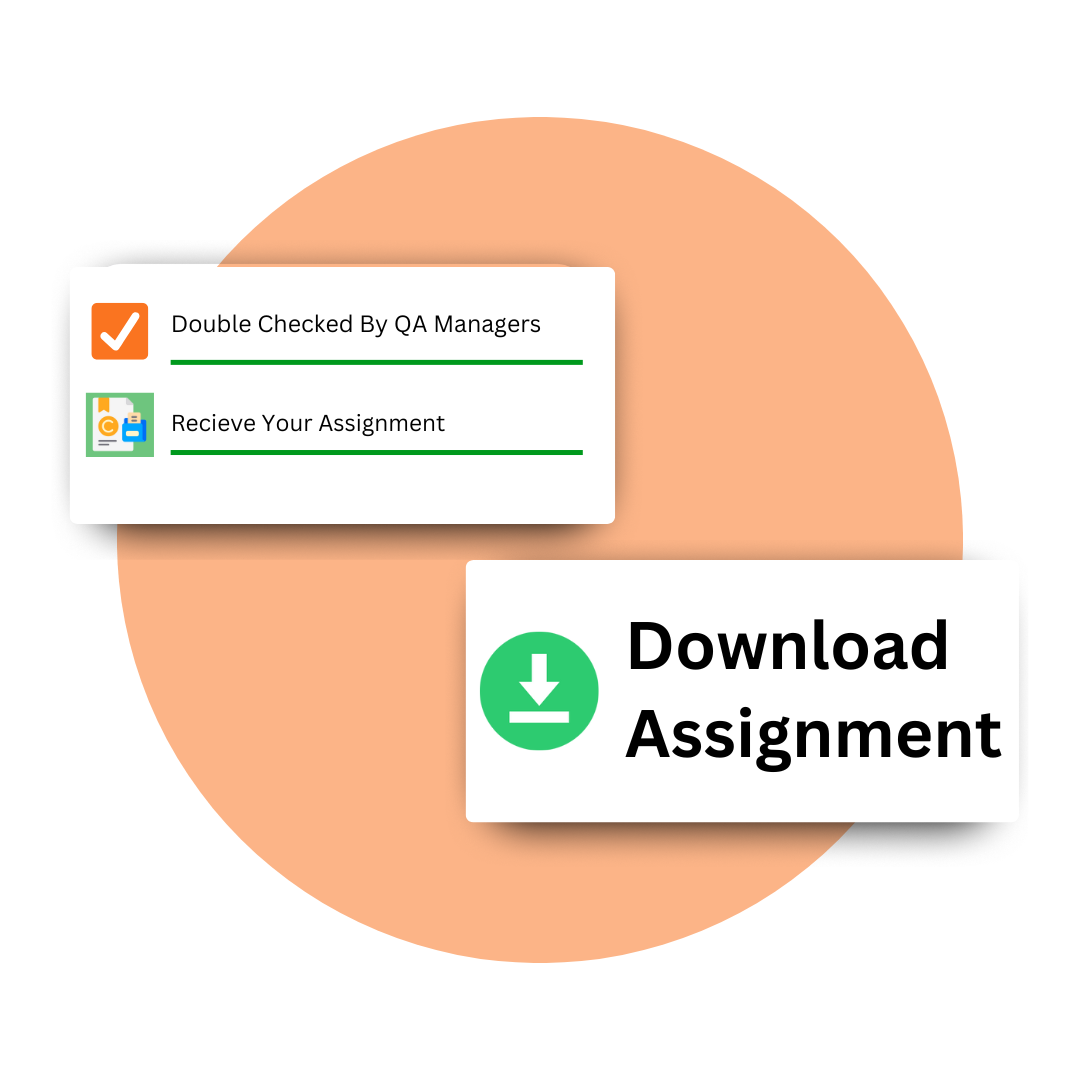Step-by-Step Guide to Connect with Qualified 5LD02 Unit Assignment Writers
We made our process simpler so you can get 5LD01 assignment help with ease

Fill out our student-friendly form, which asks for your topic, deadline, and any other instructions that would help our experts understand your topic easily.

After filling out our form, we will assign a related expert in the field for your 5LD02 unit assignment, and he will revise your details and give you a quote based on pages, length, or any other service. Use our secure platform to accept the quote and pay.

Sit back and relax You will get your assignment before the given deadline so you will have time to review and ask for any customisations if required for free until you are 100% satisfied
Meet Our professional CIPD level 5 Writers
- Expert in Learning and Development Design
- Ex-CIPD Tutors
- At Least 17+ Years of Writing Experience
Boost Your Grades with Our CIPD Level 5 Assignment Writing Services
Expert Writers
Our writers are also ex-tutors of the CIPD course and are well-experienced in writing CIPD level 5 assignments professionally, which guarantees high scores for your assignments, giving you the leverage of trusting them and avoiding the extra stress for your scores after submitting an assignment
Affordable Pricing
We provide affordable pricing as per your budget so that premium assistance does not cost you an arm and a leg. So every person who wants to get great grades and professional help can ask us to do my 5LD02 assignment for cheap.
Delivery On Time
Whether your deadline is set weeks ahead or just around the corner, we'll always deliver on time. We understand how precious your time is, and hence let's ensure that the submission process is stress-free and punctual.
Dedicated 24/7 Help Available
We have friendly support ready 24/7 for any questions and help throughout each step. You can get in touch with us whenever you need via a message.
Get Genuine and Affordable 5LD02 Assignment Answers With Our Experienced Professionals’ Help
At cipdassignmenthelper.ae, you will benefit from high-quality AI-FREE assignments that will boost your academic scores. Our experts are well knowledgeable in the 5LD02 unit and unique grading criteria for CIPD courses, demonstrating understanding and skills with strong examples of real-world scenarios of organisations designing their learning and development practices that increase overall value. With our assistance, your assignments will reflect your understanding of the topic in depth and help you achieve better scores.
You can also hire a professional writer for all your assignments for the CIPD level 5 course, giving you an additional benefit of a discounted price for all assignments that include different units of the updated syllabus of the CIPD course.
Assignment Task 1: Understand the legal, cultural, logistical, financial, and learner factors to be considered when designing learning and development.
AC 1.1 Identify the main considerable factors at the time of designing development and learning activities.
- Legal Requirements: The workplace, training, health and safety, and equal opportunity provisions of the regulations. L&D programs will comply with data protection standards and those concerning non-discrimination.
- Cultural sensitivity: Cultural differences in learning, values, and language must be taken into consideration. The content needs to be made sensitive towards diverse backgrounds without bias or stereotypes.
- Logistical: Schedule; availability of resources and locations of participants. Online formats or blended formats will work best, considering remote or dispersed teams.
- Financial Constraints: Shaping the L&D design according to a budget, which can adopt all cost-effective measures such as e-learning platforms and group training to reach the maximum number of people without crossing financial barriers.
- Learner Preferences: The diversity of the learner’s need and preference for an activity and/or resource is taken into consideration by his/her learning style, prior knowledge, and differing degrees of digital literacy.
AC 1.2 Evaluate the factors for considering the learning and development programs designed for dispersed workforces.
- Consideration of Time Zones: Schedule all activities that take into account different time zones or provide asynchronous materials to let everyone learn on their own.
- Technology Access and Connectivity: Internet and equipment to be used by all learners. A plan should be included for using options in place of the internet and equipment when they are not available to everyone.
- Engagement Techniques: Keep the students engaged within a distance learning environment through active mechanisms such as virtual discussions, forums, or collaborative projects.
- Consistency in communication and support: It will be the keys to keeping your telecommuting employees informed, but working effectively with regular updates, clear instructions, and accessible channels for support.
AC 1.3 Elaborate the way through which accessibility and inclusivity may be generated in the learning and development at the stage of design.
- Include the element of inclusive content and language: Use as jargon-free language as possible so that people with all kinds of literacy or language proficiency can easily reach out to the content.
- Accessible Formats: The materials need to be accessible to all such that necessary amendments for access to people with disabilities become available, such as captions, compatibility with screen readers, and the ability to change the size of the font.
- Flexible Learning Options: Make the learning materials available in various formats, e.g., text, video, and audio, so that these are best suited to the learner’s preferences, irrespective of which learning preference they may possess or accessibility need.
- Feedback Mechanisms: Provide avenues through which learning can provide feedback on accessibility and inclusiveness with constant changes, ensuring that all learners feel included and valued.
Assignment Task 2: Be able to establish learning and development needs in relation to organisational objectives
AC 2.1 Examine the process for organisational learning needs identification and significant principles.
Organisational Needs Analysis (ONA): It is a structured procedure to identify gaps in knowledge, skills, and competencies that meet business goals. Primarily, it deals with the analysis of business performance metrics, future goals, and workforce capabilities.
Key Principles: It should be aligned with strategic goals, outcome-measurable focus, and stakeholder engagement processes. It should also include continuous review for adapting to change due to the requirements shifting for any organisation.
AC 2.2 Conduct the analysis for key stakeholders to identify the needs area in terms of activity of learning and development.
Identify key stakeholders: The manager, team leader, HR, and employees in other various roles can contribute to your understanding in rich detail. On your outside stakeholder groups, such as customers, deep insight into what skills are needed can be gained.
Needs Identification: To get the required competencies and skill gaps or areas of improvement, a survey, interview, or focus group about the two teams or individual respondents can be conducted. These identified needs will allow L&D to be highly impactful in the right areas toward the success of the organisation.
AC 2.3 Convert the crucial information from the analysis of stakeholders into explicitly stated objectives of learning and development.
- The Learning Objectives: Translate stakeholder insights into concrete, measurable learning objectives such as “Improve the skills of team leaders in coaching by 30 percent within six months.”
- SMART Goals: As a starting point, use SMART criteria to set up each goal clearly, making sure that needs are identified and have clear success criteria.
- Prioritised Objectives: The objectives should be prioritised based on their importance and urgency; thereby, the most impactful objectives would be tackled first through the L&D program.
AC 2.4 Identify the way through which the teams and individuals of learning and development objectives are aligned with the department or organisational strategy.
- Integration with organisational goals: Align L&D goals to strategic goals of the organisation, such as innovation, customer satisfaction, or productivity improvement.
- Department Heads: This also involves interaction with department heads to align the L&D goals with those of the departments so that learning activities fall directly into the roles of teams.
- Thematic Reviews: Establish a feedback loop to review regularly L&D progress and modify objectives as necessary, the latter to ensure they remain in alignment with changing organisational strategies and goals.
Assignment task 3: Be able to design engaging learning and development solutions underpinned by learning theory that addresses identified objectives.
AC 3.1 Evaluate the way through which the theory of learning, including neuroscience and psychology, impacts the approaches to learning and development design.
- Neuroscience of Learning: The neuroscience of learning includes understanding how the brain processes and retains information so as to design effective learning experiences. For example, based on how memory works, the better use of space repetition could significantly enhance long-term retention. Neuroscience also highlights engagement and attention as factors that facilitate improved retention of information for learners.
- Psychological Theories of Learning: The constructivist and behaviourist theories have framed how learning is represented. The constructivist approach aims to be very interactive, where the learner extends to what has previously been learnt by extending conditions of real-life situations or problem-based tasks. In behaviourism, reinforcers such as rewards may be used. This is related to gamification, as this will encourage desirable learning behaviours.
- Application to L&D Design: With these theories included, interesting, memorable, and engaging learning experiences, bespoke for the different learning styles and needs, are created.
AC 3.2 Discuss the broad range of learning and development methods of delivery and the way through which they can get together to generate a useful and engaging solution for learning and development.
- Blended Learning: The learning and teaching parts are combined online and face-to-face. It ensures that the flexibility of e-learning intermixes with the interactivity of a face-to-face session, combining the strengths of both for well-rounded learning for varied preferences.
- Microlearning: Breaks information into such small, focused learning modules that employees can easily digest, particularly for busy schedules. It is used really well to have employees master complex skills over time.
- Social Learning and Collaboration: It encourages peer-to-peer learning and collaboration through group projects, forums, or mentoring, so learning becomes more contextual and interactive.
- Gamification and Simulation: Engage learners in making the learning experience fun and “hands-on” or even through game simulations and elements of competition. Best for skills practice and engaging topics.
- Integration of Methods: Different learning styles can be covered while making an elastic and integral approach by combining these methods, which can be highly helpful for engagement.
AC 3.3 Generate a solution for learning and development that combines and addresses the objectives of learning and development:
Engagement Techniques: Gamification, interactive exercises, and scenario-based learning will keep the learners motivated. Quizzes at regular intervals, rewards, or discussions with fellow learners may also improve engagement.
Learning Methods: Employ a blended approach, ranging from microlearning for quick skills development to live sessions for in-depth discussions and collaborative projects that reinforce knowledge through real-world applications.
Influence Measurement Activities: Keep track of engagement through participation rates, feedback surveys, and knowledge assessments. Influence measurement can be made through subsequent performance reviews, changes in behaviour, and KPIs of the participative work to show that the program delivers against both individual and organisational objectives.
Stories of Success Across Ireland: High Marks Were Achieved With Our 5LD02 Guidance
How our learning and development design to create value assignments helpers bring results
A
Aisha Rahman

I was struggling with my CIPD Level 5 case study, but the team at cipdassignmenthelper.ae provided invaluable assistance. Their expert insights and structured approach helped me achieve a high grade. I couldn’t have done it without their support!
M
Mohammed Zayed

The support I received for my CIPD Level 5 assignments was exceptional! The writers understood the requirements perfectly and delivered work that exceeded my expectations. I felt confident submitting my essays, knowing they were top-notch.
M
Mansoor Ali

I was struggling with some CIPD Level 5 concepts at London American City College, but the CIPD Assignment Helper clarified everything. Their assignments are detailed and thorough, and my confidence has skyrocketed!
A
Asma

The experts at CIPD Assignment Helper were friendly and knowledgeable. Studying CIPD Level 5 at the University of Wollongong in Dubai is tough, but their support helped me stay on track and succeed in my assignments.
H
Hassan Raheem

Studying CIPD at Blue Ocean Academy in Dubai is demanding, but CIPD Assignment Helpers made it so much easier. They handled my CIPD Level 5 assignments professionally and provided the best assignments that made me stress-free of assignments.
Z
Zayed Hussain

CIPD Assignment Helper is a budget-friendly option for my CIPD Level 5 assignments. The quality they give for the price is unbeatable. I got excellent grades and I’ll use them again.
Now you can also excel in your Learning and Development Design unit instantly
Hire professional 5LD02 assignment writers in the UAE

Our CIPD Level 5 Assignment Help Covers The Following
- CIPD Level 5 Associate Diploma in People Management
- 5CO01 Organisational Performance and Culture in Practice
- 5CO02 Evidence-Based Practice
- 5CO03 Professional Behaviours and Valuing People
- 5HR01 Employment Relationship Management
- 5HR02 Talent Management and Workforce Planning
- 5HR03 Reward for Performance and Contribution
- 5OS01 Specialist Employment Law
- 5OS02 Advances in Digital Learning and Development
- 5OS03 Learning and Development Essentials
- 5OS04 People Management in an International Context
- 5OS05 Diversity and Inclusion
- 5OS06 Leadership and Management Development
- 5OS07 Well-Being at Work
- CIPD Level 5 Associate Diploma in Organisational Learning & Development
- 5LD01 Support Informal and Self-Directed Learning
- 5LD02 Learning and Development Design to Create Value
- 5LD03 Facilitate Personalised and Performance-Focused Learning
- 5DVP Developing Professional Practice
- 5CHR Business Issues and the Contexts of Human Resources
- 5UIN Using Information in Human Resources
- 5HRF Managing and Coordinating the HR Function
- 5RST Resourcing and Talent Planning
- 5RMT Reward Management
- 5IVP Improving Organisational Performance
- 5ENG Employee Engagement
- 5EML Employment Law





